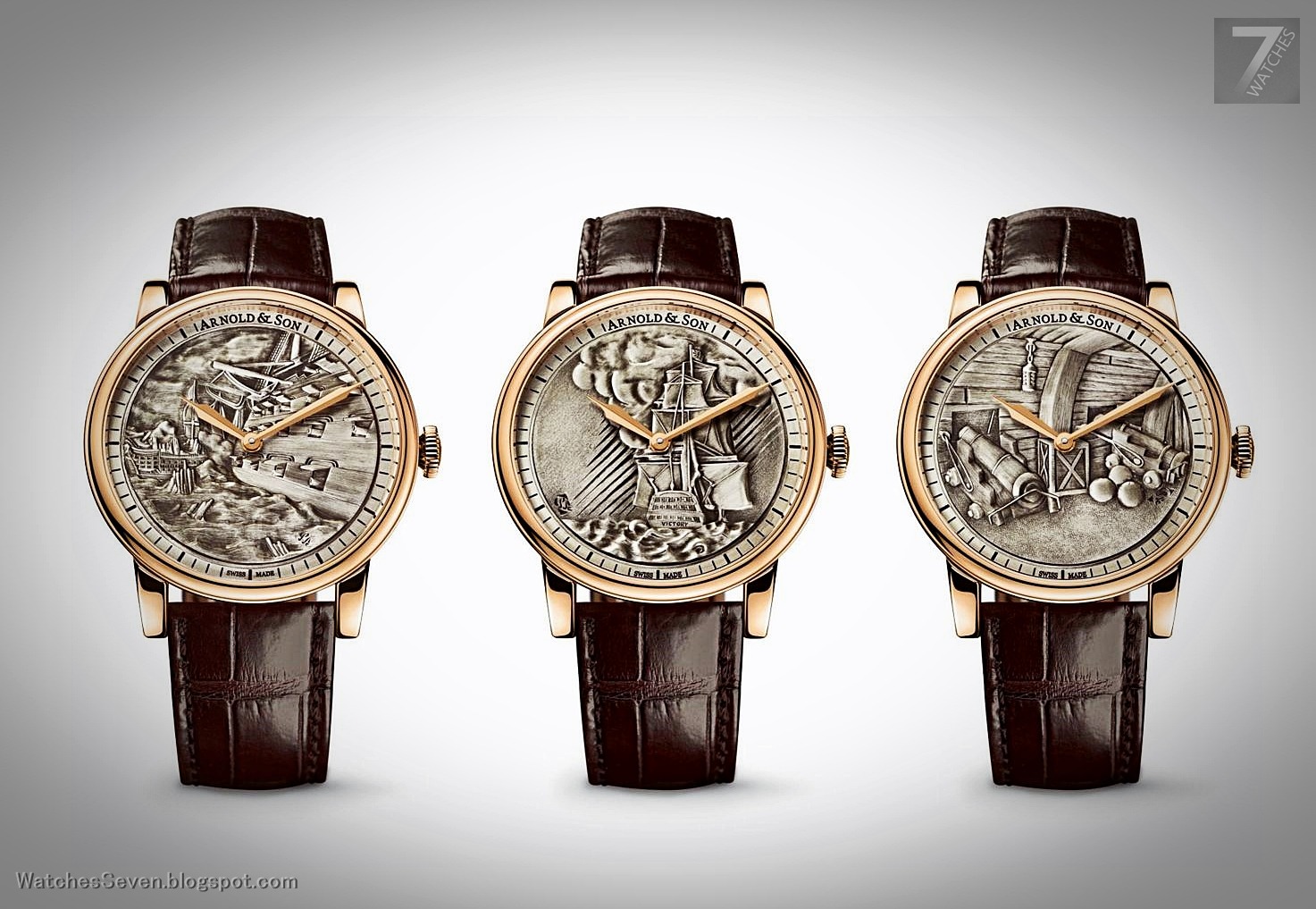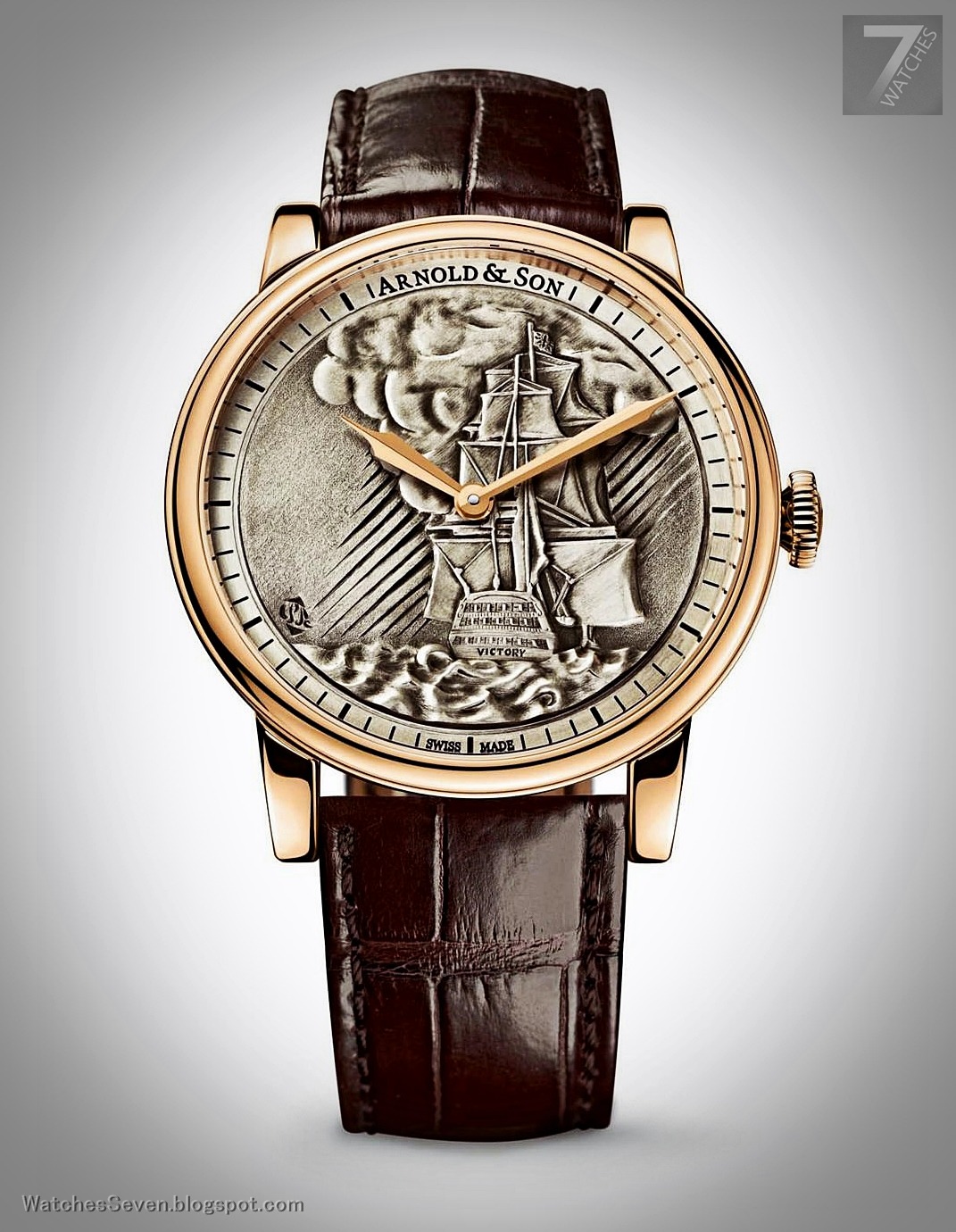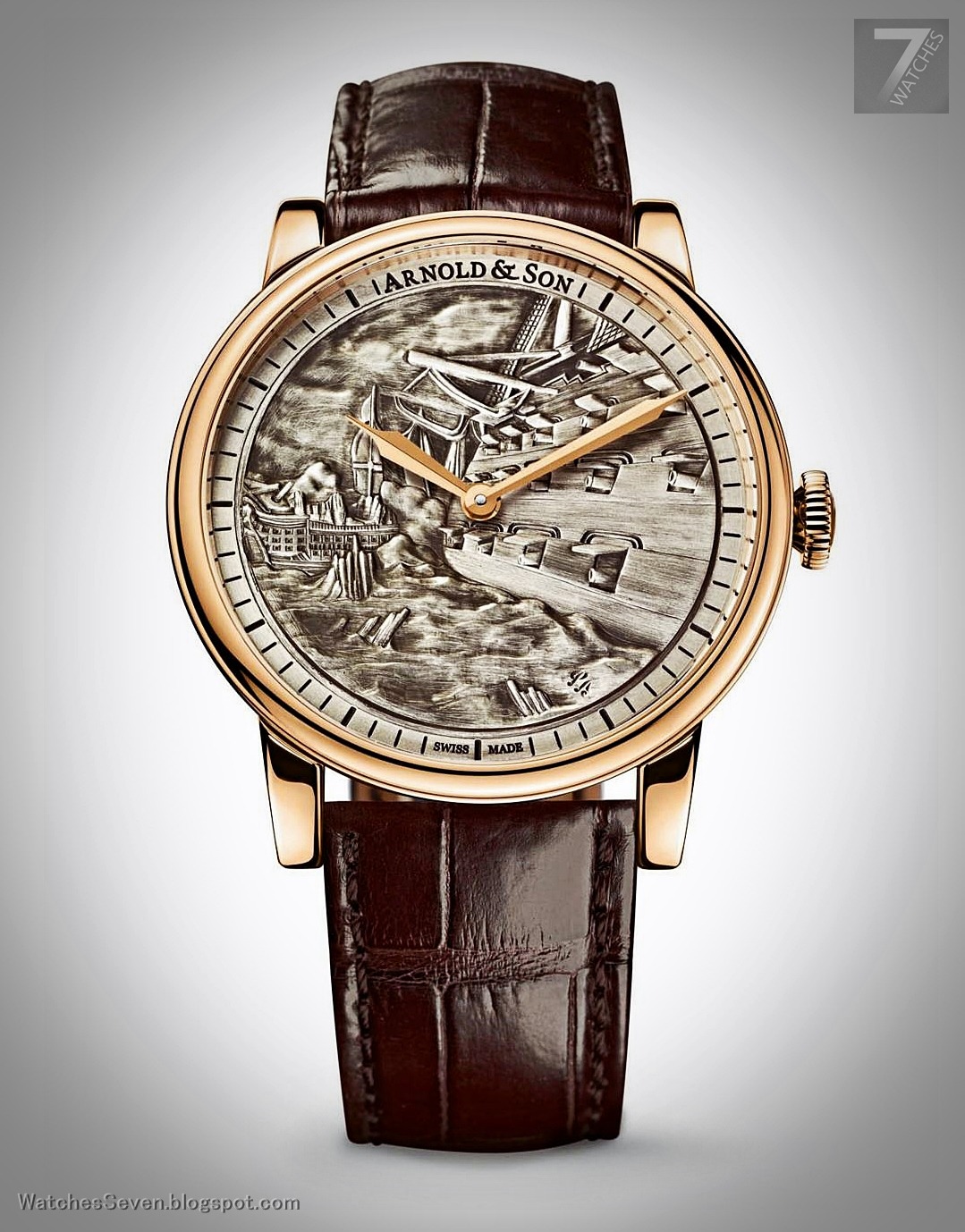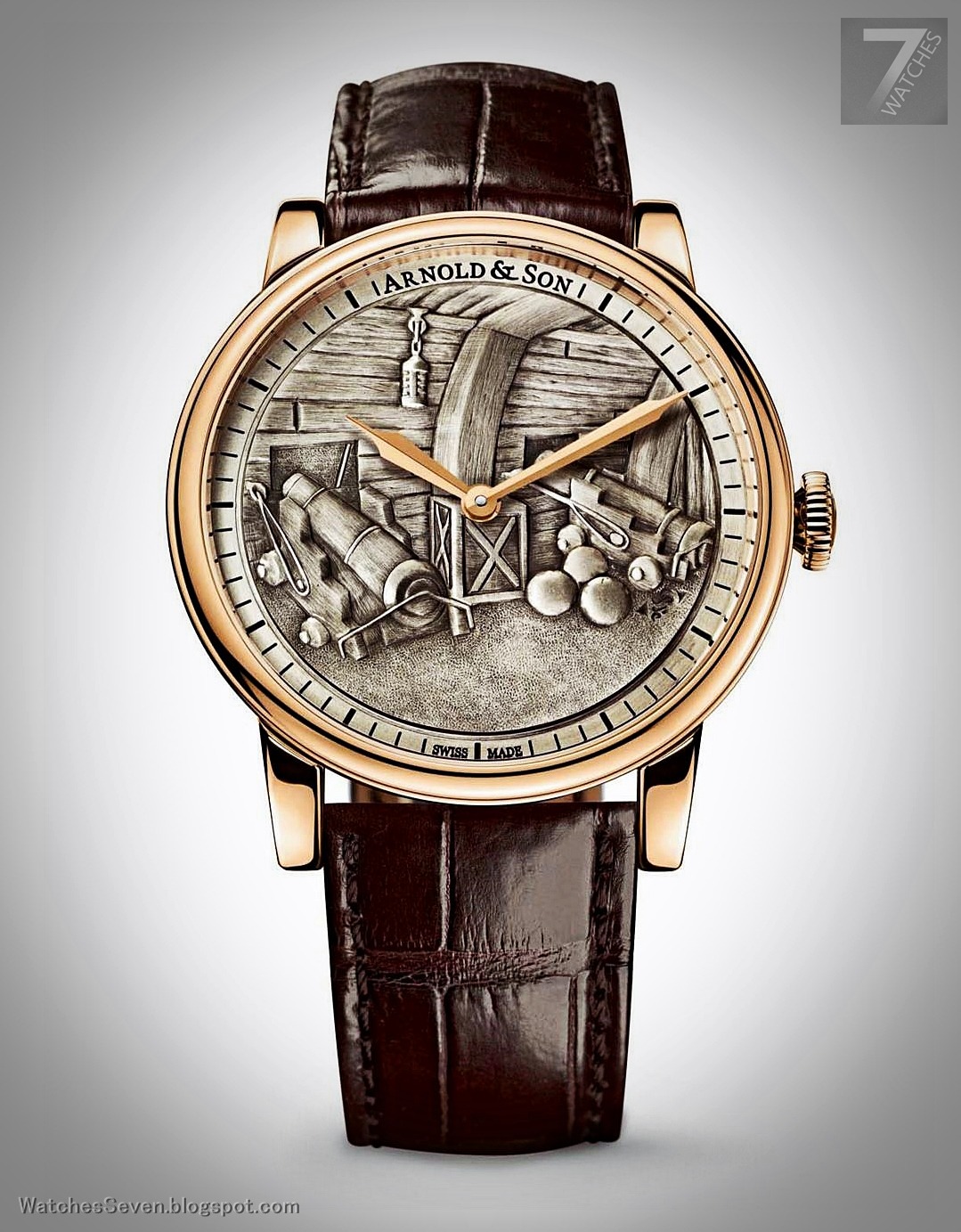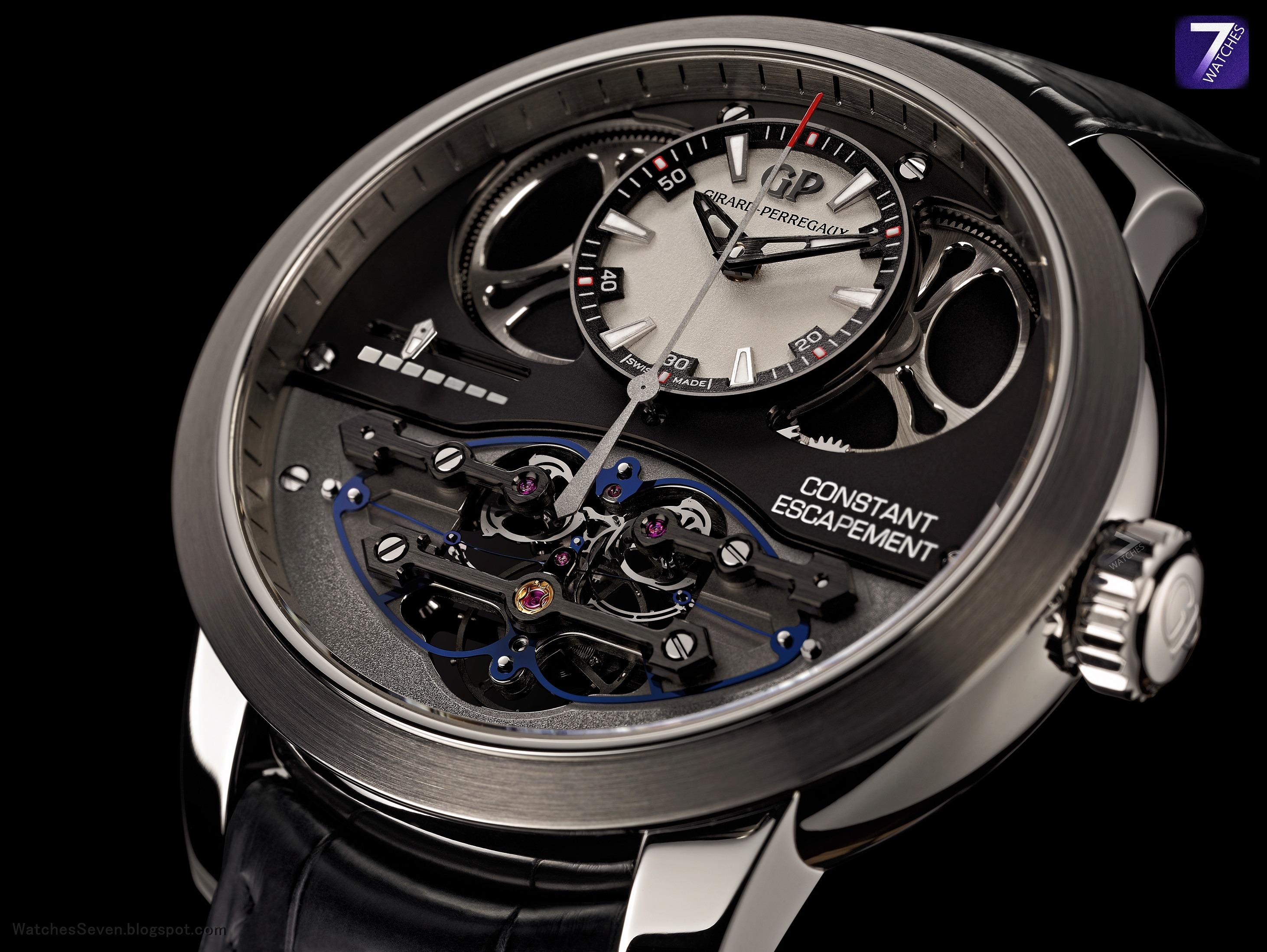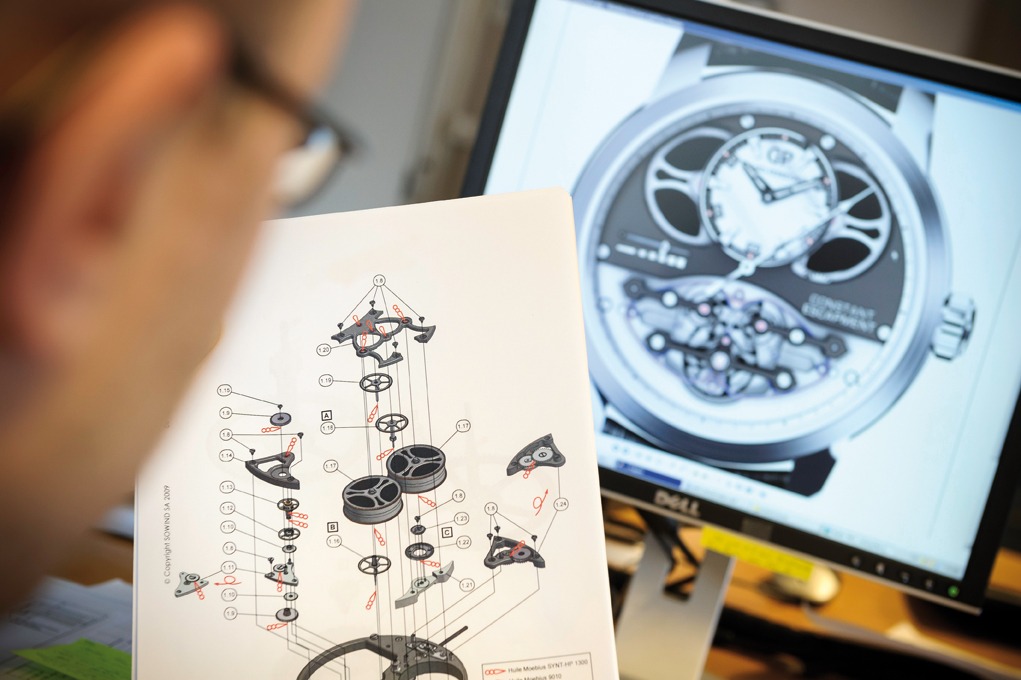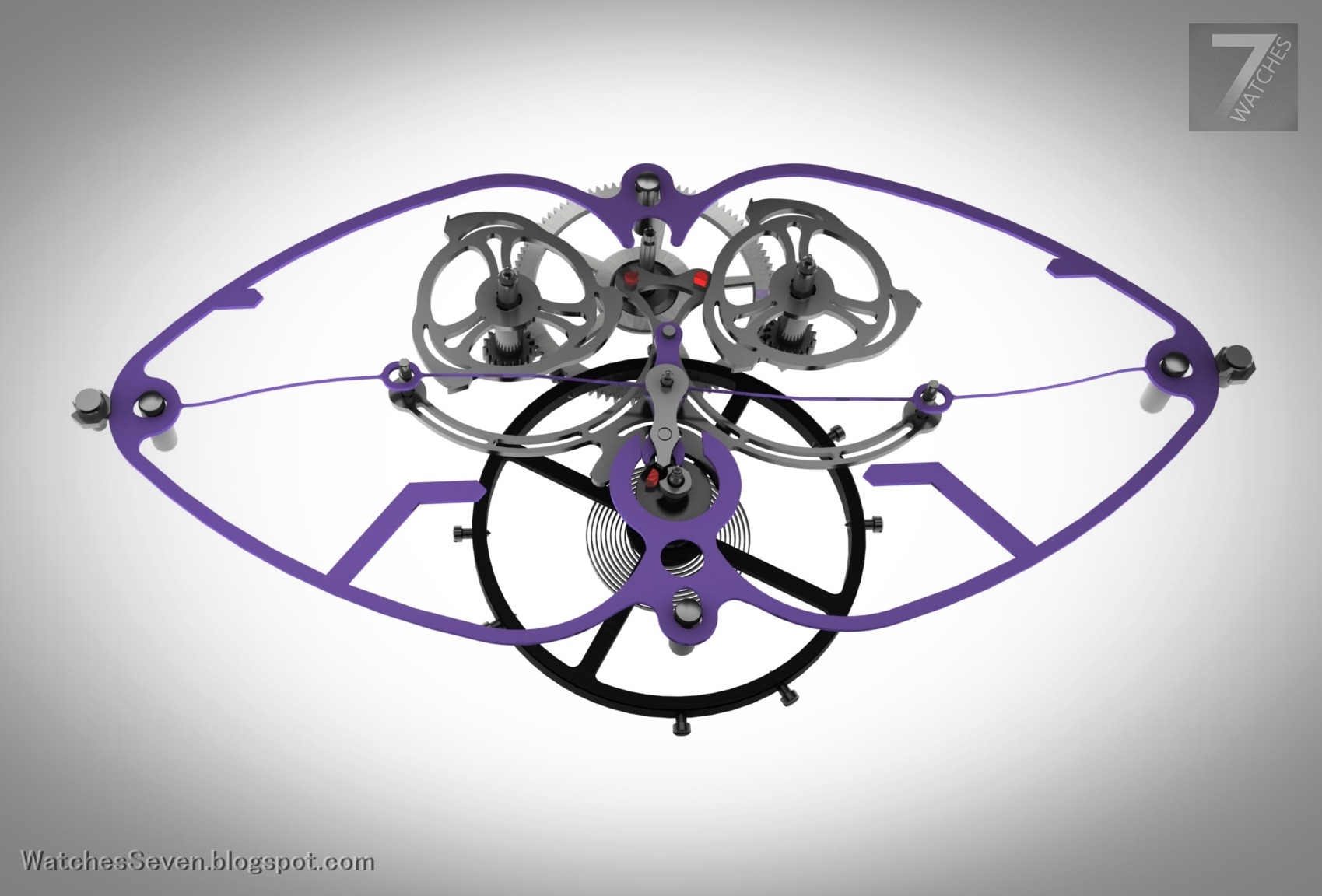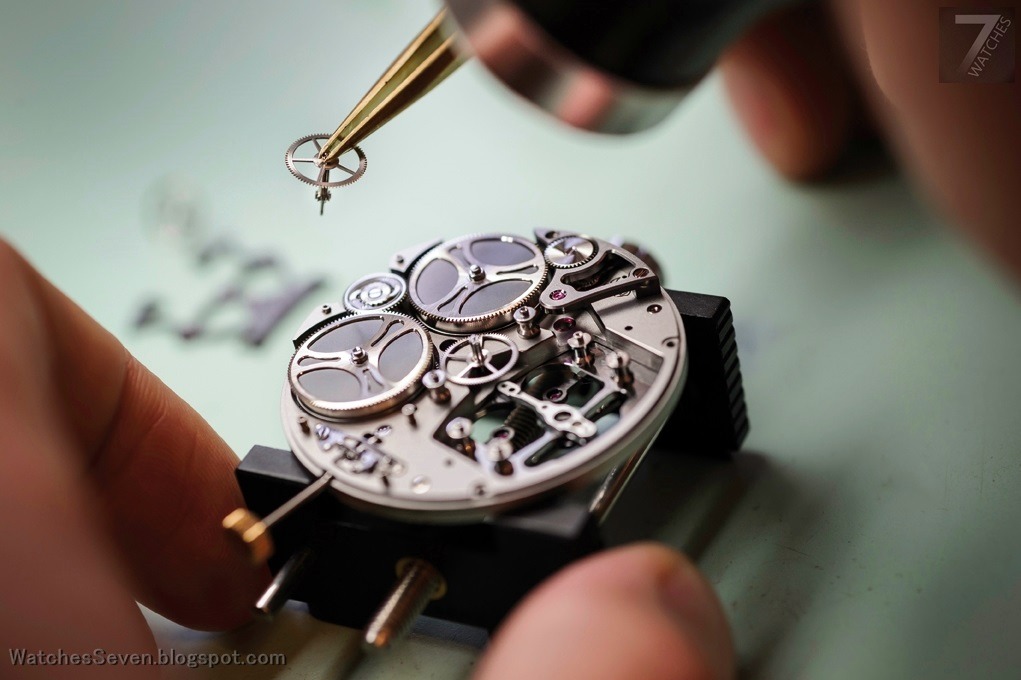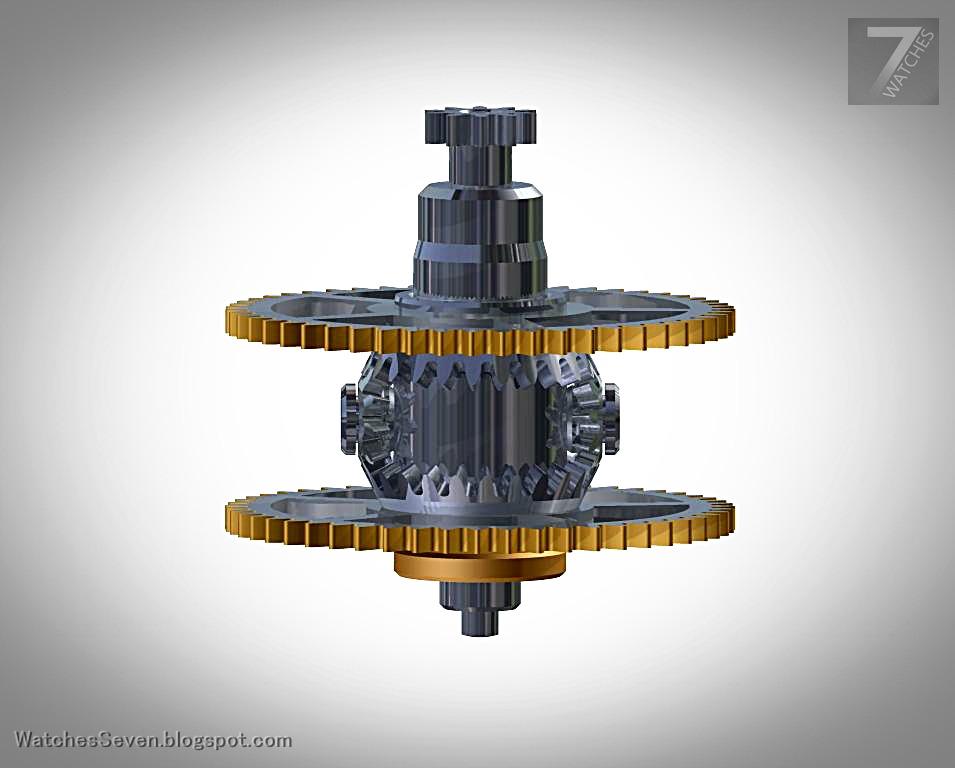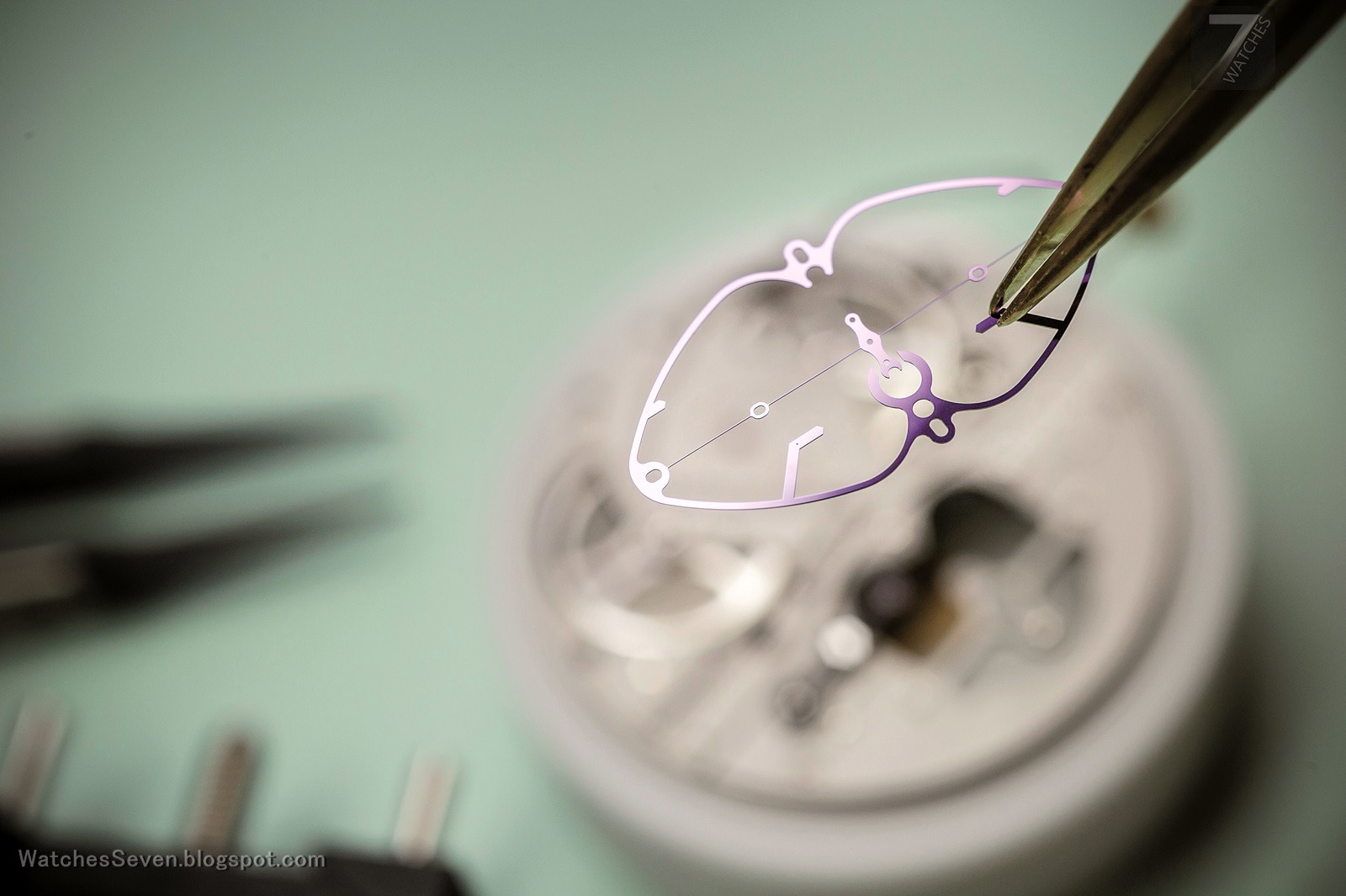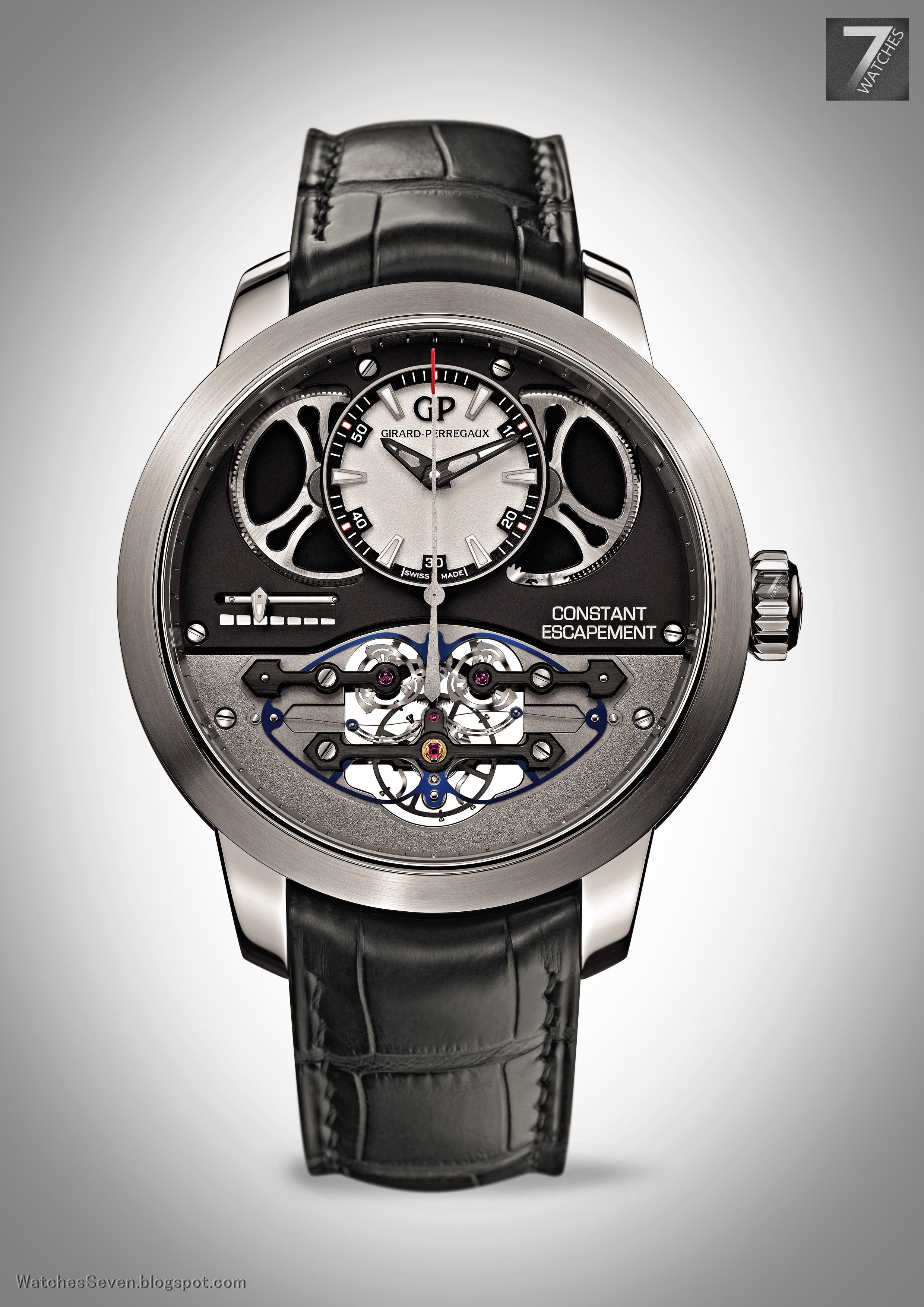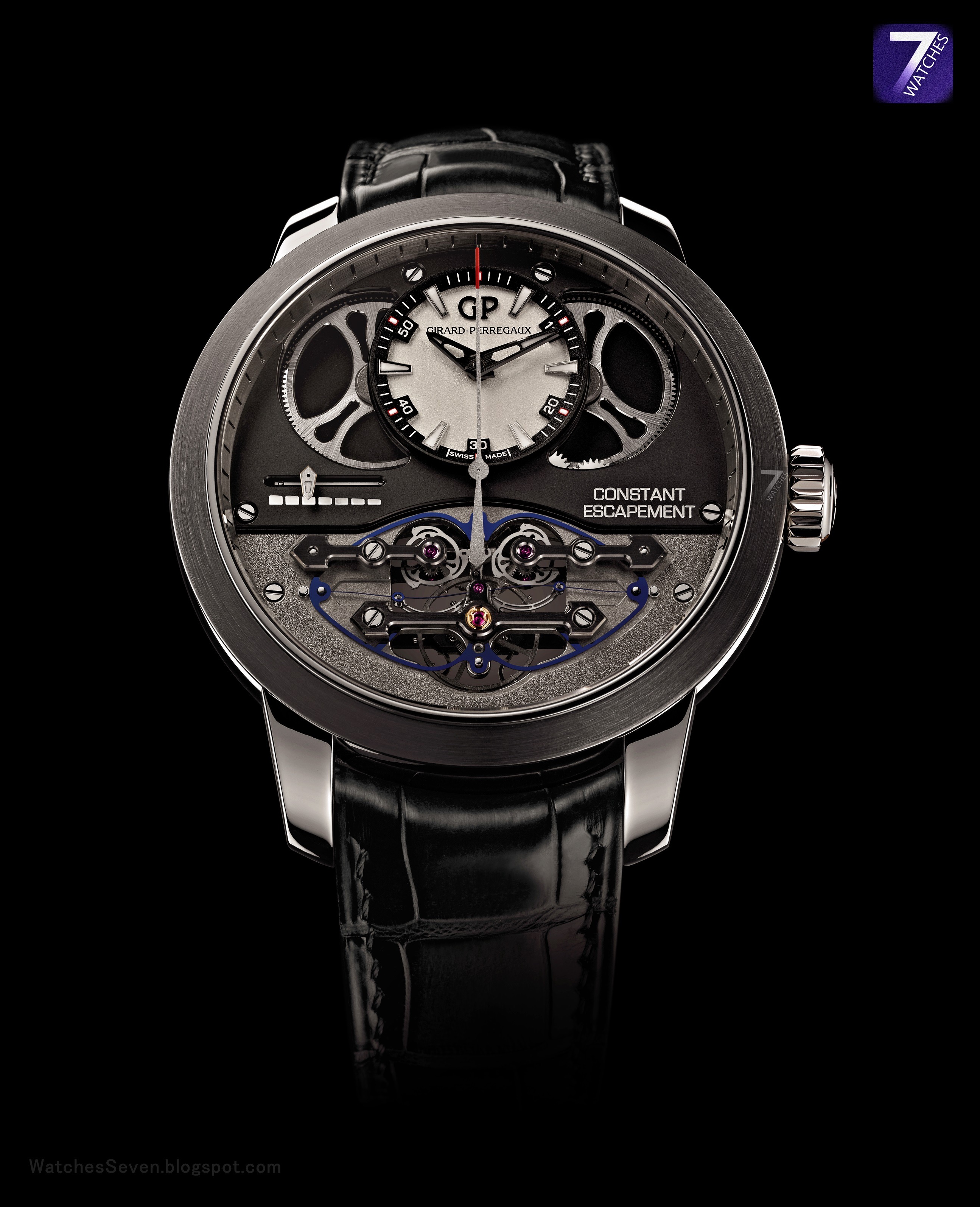ARNOLD & SON - HMS Victory Set Limited edition NEW
Click on the mouse wheel to see the large size ....
An exquisitely crafted and engraved homage to a legendary vessel: the HMS Victory Set from the Arnold & Son Royal Collection
Click on the mouse wheel to see the large size BIG FOTO ....
Expertly handcrafted, it reflects the elegance and sophistication of the inimitable English style and was inspired by the timepieces produced by John Arnold for King George III and the royal court. The HMS Victory Set is an impressive demonstration of the brand’s prowess in classical decorative hand engraving.
ARNOLD & SON - HMS Victory Set Limited Edition 1LCAP.S05A.C110A
Click on the mouse wheel to see the large size ....The name HMS Victory is one of the best known in English maritime history. Her glorious career spanned forty years, during which she saw action in the American War of Independence, the French Revolutionary War and the Napoleonic wars. It was in the latter that she enjoyed her finest hour as Lord Nelson’s flagship at the Battle of Trafalgar in 1805. Now, the HMS Victory Set from Arnold & Son presents three different views of the vessel, each traditionally hand-chased by Arnold & Son’s master engraver.
Arnold & Son’s own master engraver created the exquisite HMS Victory Set dials, which are then duplicated in silver for the series. Hand-engraving is a traditional art form that involves the use of hardened steel tools called burins in combination with other special tools. These create cuts, lines and texturing that build up entire images or, as in the case of this exclusive set of timepieces, perfectly sculpted scenes of the HMS Victory with a breathtaking richness of detail.
ARNOLD & SON - HMS Victory Set Limited Edition 1LCAP.S06A.C110A
Click on the mouse wheel to see the large size ....The scenes in the HMS Victory Set give us three different views of the vessel: the first, resplendent in shafts of sunlight breaking through the clouds; the second, with guns ablaze as she rakes the French fleet; and the third, an interior of the ship, on one of the gun decks. The three-dimensional nature of these hand-engraved dials is accentuated by the engraver who then individually hand-tarnishes each final duplicated silver dial to provide all a spectacular illustration of this extraordinary ship with illusion of depth that contrasts starkly with the ultra-slim case.
ARNOLD & SON - A&S1001 calibre
Click on the mouse wheel to see the large size ....Click on the mouse wheel to see the large size ....
All three models in the HMS Victory Set are powered by the A&S1001 calibre with haute horlogerie finishing. The movement is made of rhodium-plated nickel-silver and features hand-chamfered bridges with polished edges, fine circular graining and Côtes de Genève rayonnantes (radiating Geneva stripes), with blued screws.
ARNOLD & SON - HMS Victory Set Limited Edition 1LCAP.S07A.C110A
Click on the mouse wheel to see the large size ...
.
The HMS Victory timepieces will be available firstly in an exclusive limited edition of just 28 sets, each consisting of the three timepieces. The HMS Victory timepiece with the scene entitled ‘‘HMS Victory – Where the battle was won: one of the cannons deck on HMS Victory’’ will be available only as part of the set.
Press release
---------------------------------------------------------
Technical Specifications
Calibre
A&S1001
Exclusive Arnold & Son mechanical movement,
hand-wound, 21 jewels, diameter 30 mm, thickness 2.7 mm,
power reserve 80 h, two barrels, 21'600 vibrations/h
Functions
Hours, minutes
Movement decoration
18-carat rose gold case:n ickel-silver movement, rhodium treated with
Haute Horlogerie finishing: manually chamfered bridges with polished edges,
fine circular graining and Côtes de Genève rayonnantes, blued screws
Dial
Hand-engraved, duplicated silver dials, individually hand-tarnished
Case
18-carat rose gold, diameter 40 mm,
cambered sapphire with anti-reflective coating on both sides,
case back see-through sapphire, water-resistant to 30 m
Strap
Hand-stitched brown or black alligator leather
Limited edition
28 sets of 3 timepieces
References
1LCAP.S06A.C110A HMS Victory – Cannons ablaze, Lord Nelson’s flagship takes on the French fleet
1LCAP.S05A.C110A HMS Victory – HMS Victory at sea, lit by rays of sunshine piercing the clouds
1LCAP.S07A.C110A HMS Victory – Where the battle was won: one of the cannons deck on HMS Victory
Marketing & Sales
Boulevard des Eplatures 38
CH – 2300 La Chaux-de-Fonds
Switzerland
info@arnoldandson.com
--------------------------
www.arnoldandson.com- press-corner
---------------------------------------------------
www.Arnold&Son.com


